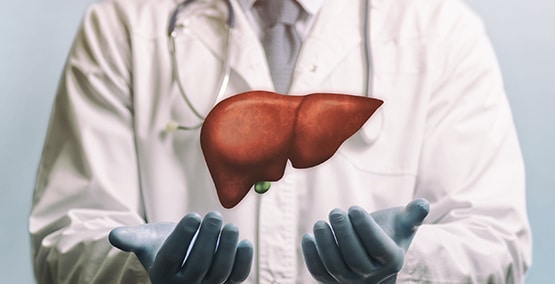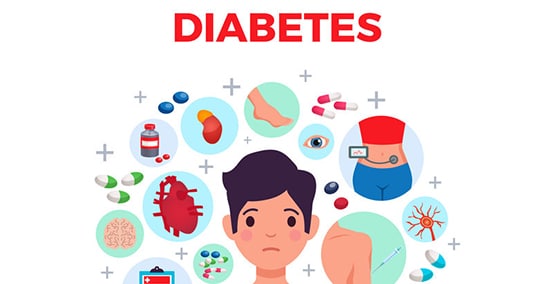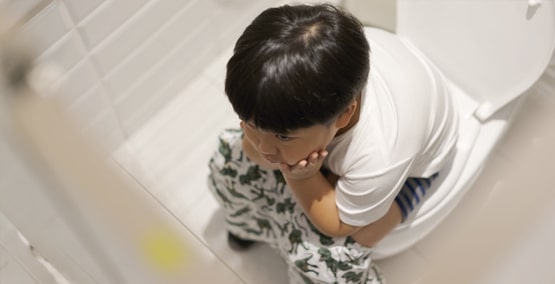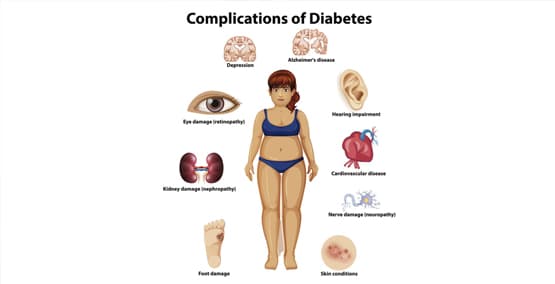
Diagnosing acute pancreatitis
The different tests your doctor will assess
-Acute pancreatitis is suspected when a child presents with upper abdominal pain, nausea, vomiting, and the stomach area is tender to touch.
To confirm the diagnosis, the following tests are performed:
Blood tests for amylase and lipase, two enzymes produced by the pancreas. Amylase or lipase levels, are usually at least 3 times their normal levels in the presence of acute pancreatitis. These levels begin to increase on the first day of the illness but return to normal in 3 to 7 days.
Other tests include, white blood cell count, CRP and blood urea nitrogen, a marker of kidney function, as these are usually increased as well.

X-rays and Ultrasounds
Abdominal ultrasounds, CT scans and magnetic resonance cholangiopancreatography (MRCP) usually show swelling of the pancreas. These tests can also show stones in the gallbladder or common bile duct. An MRCP also allows the doctor to inspect the bile and pancreatic ducts for blockage, narrowing and dilatation. Endoscopic retrograde cholangiopancreatography (ERCP) allows the bile duct and pancreatic ducts to be viewed so that any gallstones blocking one of the bile ducts can be removed.




